The Sengoku Period is a period of Japanese history that started in 1467 and ended in 1615. The Onin War introduced the period, which happened from 1467 to 1477, which deteriorated Japan’s feudal system under the Ashikaga Shogunate. In the article, I will discuss the Sengoku Period briefly. Please follow the thesis from beginning to end attentively if you are also interested in it.
The Sengoku Period (1467-1615)
The Sengoku Period is also known as the Warring States Period. The period began in the middle of the 15th century and finished at the end of the 16th century. The Sengoku period is a part of Medieval Japan. Japanese historiographers took the name “Sengoku.” Now I will present here detailed information about the Sengoku period of Japan. So, no more delay, let’s know about the period.
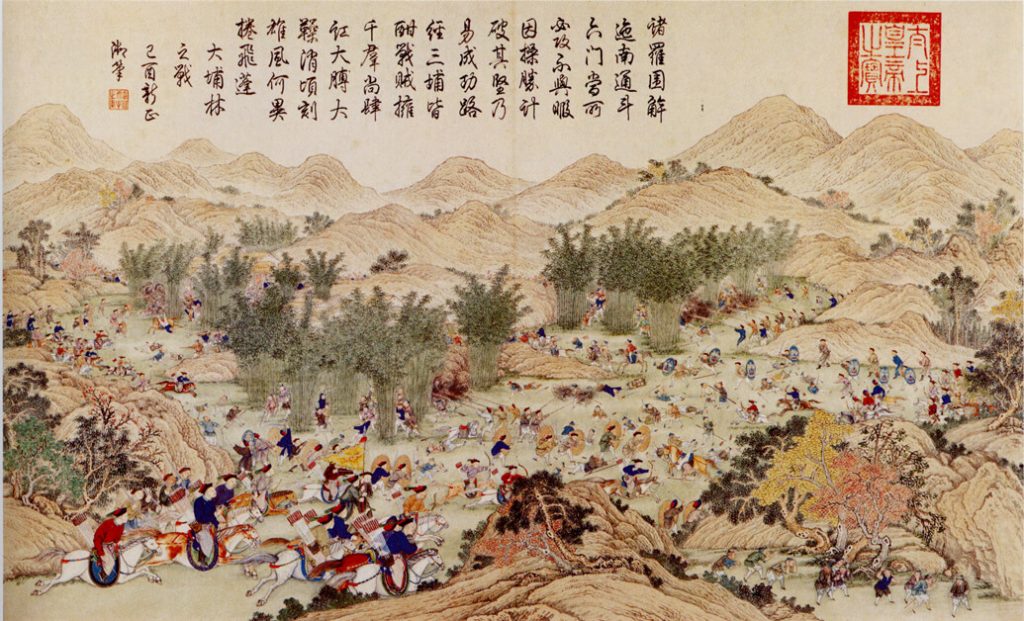
Political Situation Of The Sengoku Period
Firstly, I will discuss here the political situation in the Sengoku period. Although the Japanese emperor was the head of state, he did not have real power. An aristocrat ruled the emperor with the title of shogun, whose position was more or less the same as that of the current military generalissimo.
Shogun became weak and irrelevant as the local feudal lords, or Daimio, gradually usurped more power in the early Sengoku era. The contemporary Ashikaga shogun system maintained the same structure as the previous Kamakura shogun system, adhering to the same warlike government and economic obligations that departed from the Jooei code, founded by the Hojo family 1232 AD.
Was relatively far from the capital city of Heian-Kyo. Many of these feudal lords engaged in indiscriminate warfare to gain more land and influence.
Political Rebellion Of The Sengoku Period
After discussing the political situation, I will discuss the rebellion in the Sengoku period of Japanese history. Simultaneously, trade with China increased, and the development of currency-centric cities and markets increased currency circulation.
This prosperity and the development of agriculture and small-scale industries have also created greater autonomy in different regions irrespective of social strata. Long before this, in the fourteenth century, the debt-ridden peasants resorted to armed rebellion after earthquakes and famines.
One such conflict, which lasted from 146 to 146 AD, culminated in the Battle of Owenin, which historians regarded as a foretaste of the Sengoku era. The Hosokawa family’s “eastern” army and allies were at war with the Yamana family’s “western” forces. Kyoto and its environs were the scenes of an eleven-year war that almost destroyed the city.
Several Events Of The Sengoku Period
In the Sengoku period, there were happened some important events successfully. I think those events should be discussed here. The period was started with the Onin war. The Onin War is deliberated as the starting point of the Sengoku period.
The conflict in Kyoto then spread to neighboring states. Through the three warlords’ mutual sweet and sour efforts, Oda Nobunaga, Toyotomi Hideyoshi, and Tokugawa IAS. These three generals were gradually able to unite Japan. Tokugawa establishes the Shogun system by declaring victory over the siege of Osaka.
Through this, Japan entered an era of peace for almost two and a half centuries. The Portuguese landed on Tanegashima, becoming the first Europeans to appear in Japan and initiate the harquebus into Japanese warfare in 1543. Japan ceremonial finishes its acceptance of China’s regional hegemony repeal any further tribute mission in 1549.
The Sengoku period culminated with three commanders, namely, Oda Nobunaga, Toyotomi Hideyoshi, and Tokugawa Ieyasu. They inchmeal integrated Japan. Japan determined down into over two hundred years of peach under the Tokugawa Shogunate.
Okay, riders. The article will be finished now. It is the article where I described all the detailed information about the Sengoku period in Japanese history. The period is one of medieval Japan’s parts and finished in the 16th century.
Now inform your opinion after reading the whole article. I tried to make the thesis free from any mistakes. The information was collected from a good source. If you found any mistake in the article, please inform me by comment. I will fix the article as soon as possible.
Moreover, please inform me through the comment section if you need more information about the topic. Keep linked with our site to get more updated. Thank you for visiting the site in the long run. If you are interested in reading more articles about Japanese history, read about The Edo Period.

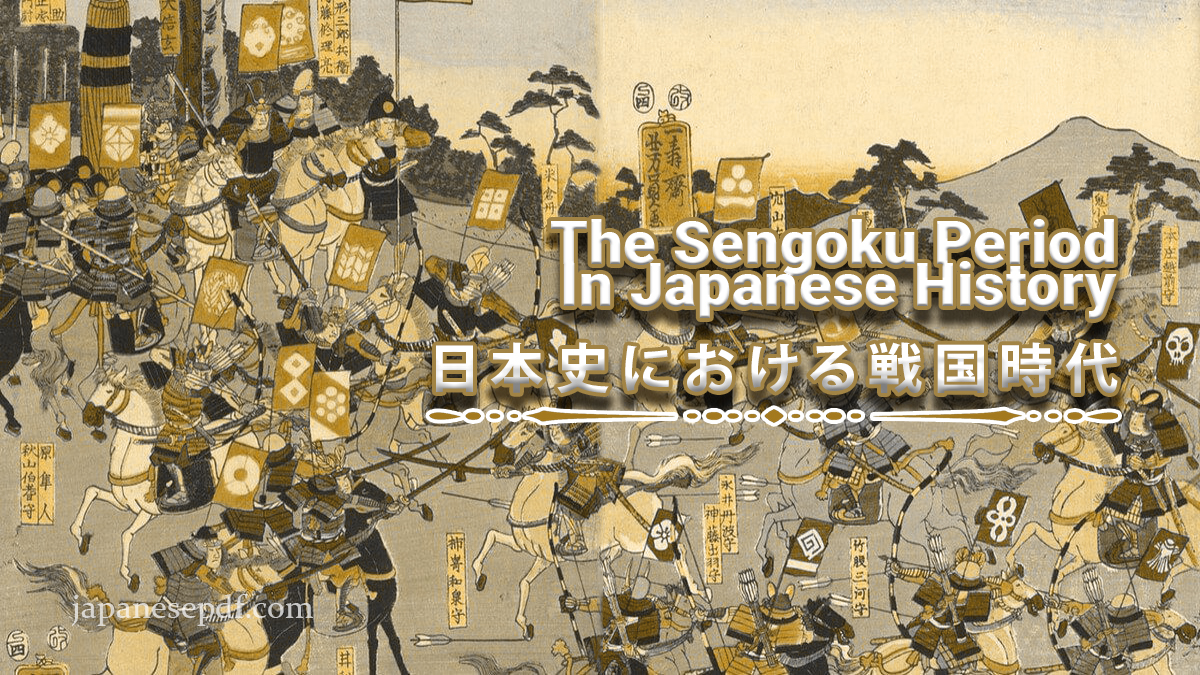
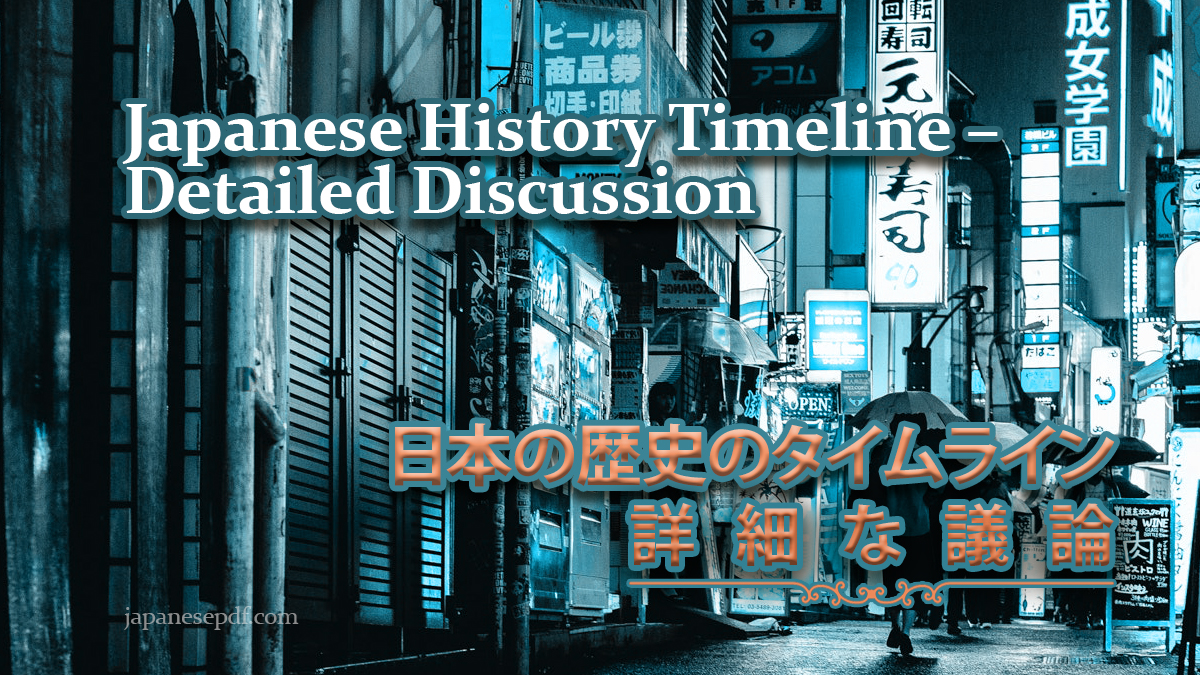
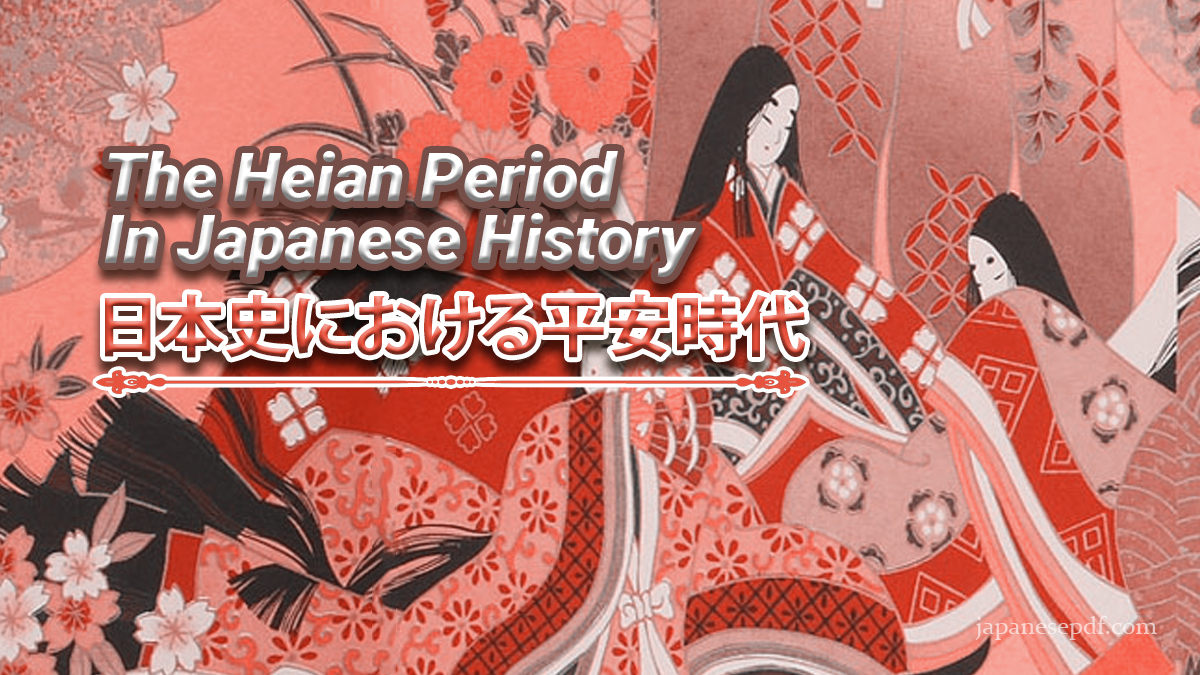
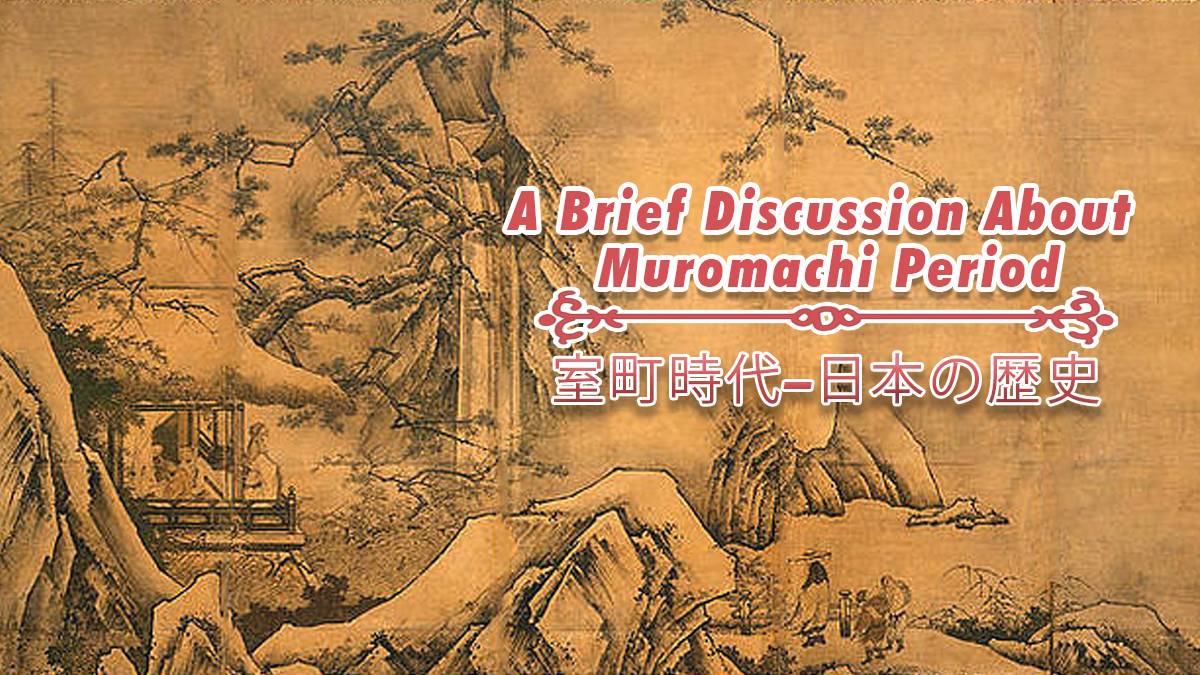
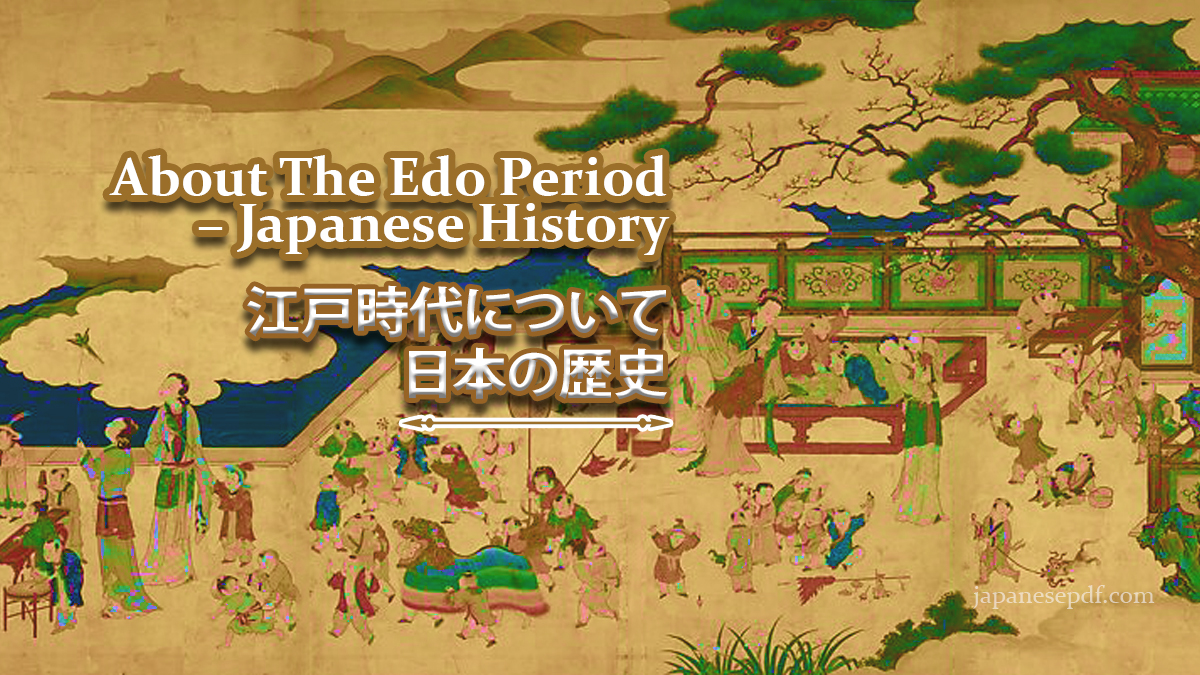
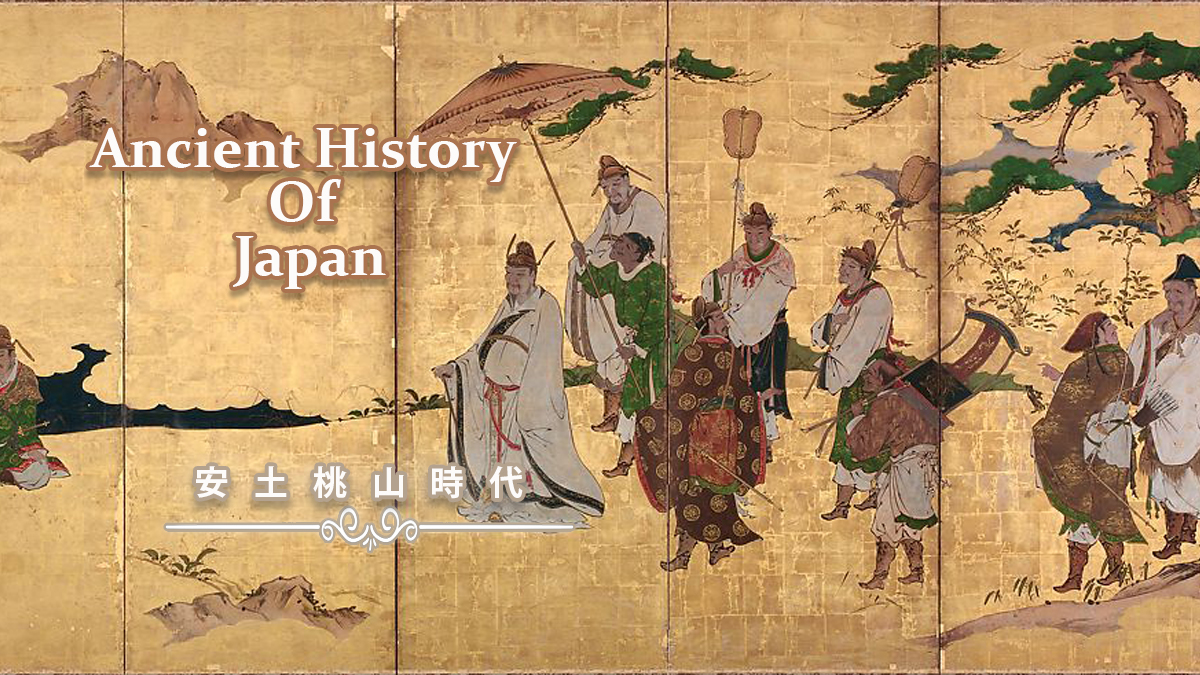






Comments